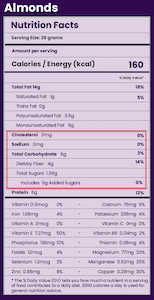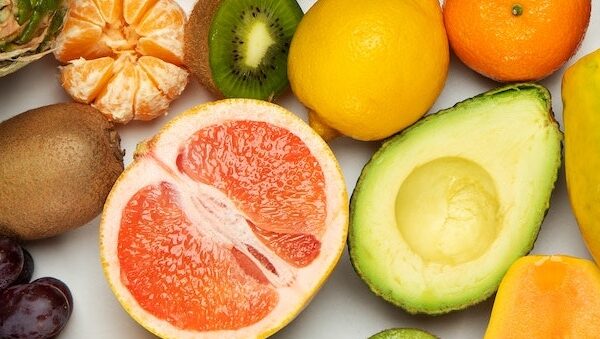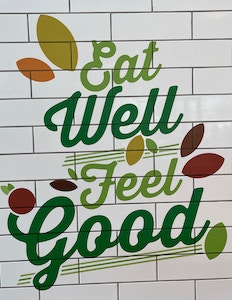Organic. Zero trans fat. 100% multigrain.
The above terms are quite familiar. But many such terms used on food labels are downright healthy. How do we know?
We prepared a list of some practical tips to help you read the food labels correctly. Let’s dig in.
#Ignore the front, check at the back
A study by National Library of Medicine conducted on Australian supermarkets back in 2013 claimed that two-thirds of products in the three food categories in the study, carried at least one health claim. The reason cited for health claims on the front of the food labels was that more customers bought foods on the basis of front labels that showed health claims, assuming those products were healthier. The study concluded that it was possible that customers did not check for the actual ingredients
| Most famous brands can be misleading High-sugar breakfast cereals like whole grain Cocoa puffs or Diet Coke by Coca Cola are all unhealthy products passed as healthy due to their front label packaging or healthy claims included in their advertising. |
# Learn the correct way of reading the ingredients list
Typically, most ingredients are listed by quantity from the highest to the lowest. This means that the biggest chunk of the ingredient listed on the top is what the producer used the most of.
| Rule of thumb: Scan the first three ingredients listed at the back of the label. If the very first ones have ingredients related to sugar or carbs or any unhealthy fat, you will know instantly that the product is not healthy. |
For instance, if the first ingredients have things like refined grains or a type of sugar or hydrogenated oils, you can conclude that this product is unhealthy.
# Watch out for serve sizes
Usually nutrition back labels calculate calories or fat based on single serving or a small amount. It is no rocket science that such a small amount is NOT what you will consume on a regular basis. More often than not, your individual serving size will be way more than the single serving listed on nutrition labels.
For instance, one serving as given on the label may amount to one biscuit, half a chocolate bar, one piece of dry fruit, a quarter of a cookie. This creates an illusion that there’s fewer calories. But of course you are buying a full packet of biscuits, bars, dry fruits or cookies.
A good way or measure would be to multiply the single serving size with the number of units in a packet to get a tentative idea of calories, so you can make informed choices.
# Watch out for well-known but misleading terms
Health claims on packaged food products are often designed to give a certain impression. Here’s a list of well-known terms that often mislead –
1] Organic sugar: It’s still sugar besides there’s no clear definition of what organic sugar really means.
2] Multigrain: This simply means the product has more than one type of grain. These are most likely refined grains, which are not healthy. Look for multigrain products that have whole grains, they are healthier.
3] Low-fat: If there’s less fat in the product, most likely they would have compensated the fat with more sugar.
4] Low-carb: Studies have linked low carbs with health but processed foods claiming low-carbs are lying, since they are ultimately junk foods.
5] Gluten-free: This does not mean healthy. Gluten-free means it does not contain wheat, rye, barley or spelt. Many gluten-free processed foods, however, have unhealthy fats and sugar.
6] Fruit-flavoured: This does not mean it has natural fruits but just artificial flavour.
9] Zero trans fat: There’s no such thing. These products will show at the back that it has 0.5 grams of trans fat per serving. Do the math. Having said that, there are indeed food products sold inside packages that are truly healthy, organic and natural. With some wisdom, we can always identify the healthy products from the unhealthy ones.






